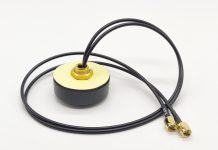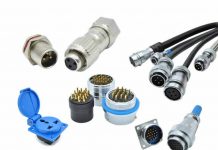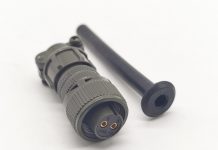The development of automobiles, from fuel to current new energy vehicles, has always been a topic of great concern to users in terms of safety and battery life. Do you know the differences in the driving mode and endurance of new energy vehicles? In the following content, Elecbee engineers will introduce you to the content of new energy vehicles.

The main driving methods of new energy vehicles are series, parallel, hybrid and pure electric. Before buying, car owners can understand the driving type and working principle they have purchased and compare them.
1. The basic principle of series hybrid is to install a range extender on a pure electric vehicle, supply power to the generator through the engine, and then transfer the electricity to the electric motor to drive the vehicle.
Advantages: pure electric battery has a long cruising range, good acceleration performance, and can be externally charged.
Disadvantages: low transmission efficiency, heavier body, etc.
2. Parallel hybrid is mainly composed of two sets of power systems, engine and electric motor, which can work alone or in coordination. The electric motor can be used to drive the vehicle at low speed, and the engine and electric motor can work together at high speed to improve power.
Advantages: no need for external charging, long driving range and strong power.
Disadvantages: the engine power cannot be fully utilized, etc.

EV Charging Cable
3. Hybrid hybrid is actually a combination of series and parallel. The biggest feature is that the engine and electric motor can drive the vehicle at the same time, and the engine can also charge the battery at low and medium speeds.
Advantages: fuel economy, more fuel-efficient, etc.
Disadvantages: The manufacturing cost is high, and green photos cannot be obtained.
4. The driving form of pure electric vehicles is single, and the structure is relatively simple. It does not need the engine to provide power at all, and even the heavy gearbox is saved. At present, charging and battery life are the main problems of pure electric vehicles.
Advantages: lower vehicle cost, strong instantaneous acceleration ability, etc.
Disadvantages: inconvenient charging, short cruising range, etc.
The drive form of new energy vehicles is closely related to the electronic control system, and the safety issue is self-evident. When summer comes, auto-ignition incidents often occur. More problems are caused by car circuit failures. Various wiring harnesses are densely distributed on the body of the car, such as lights, sensors, on-board control panels, and power wiring harnesses. And so on are all connected by connectors. Like the current popular self-driving cars, they mainly rely on the cooperation of radar sensing devices and intelligent electronic control systems. The performance requirements for electronic components and connectors are more stringent. They carry the safety of connections and the stability of complex road conditions. The flame-retardant, environmental protection and contact stability are essential.






















